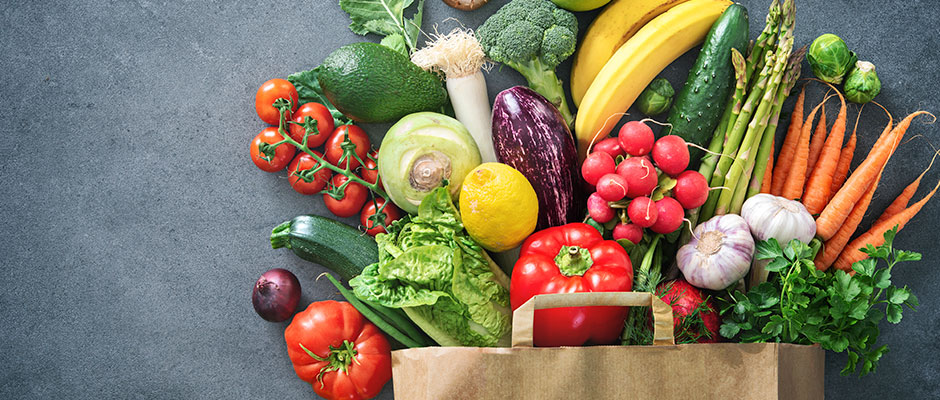

Everyone knows the bananas on the supermarket shelves, each one individually labelled with the typical round label of the manufacturer. A naturally grown product that does not require any packaging due to its natural protection. But who has ever taken care to remove the label from the skin of a banana before disposing it in the organic waste? After all, apart from the fact that the banana peel is compostable, the label used for it is by no means compostable. Neither in an industrial way nor in the usual household way.
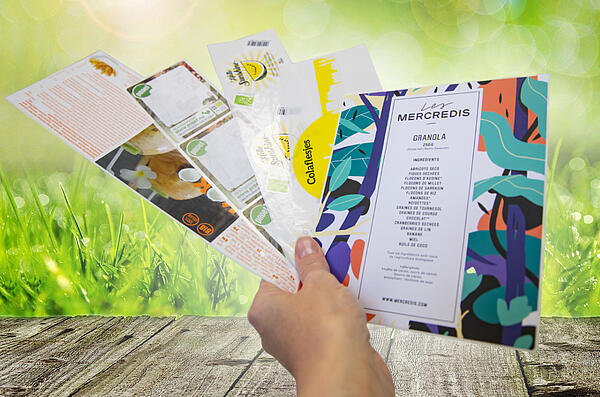
This is exactly where the basic question of the sustainability of products and packaging materials begins. If this idea is applied to the meat industry, the requirements become even more complicated than for the classic banana.
Meat products have to be packaged for protection against external contamination, but also for a consumer-oriented shelf-life. Thanks to the packaging, we have been used to store our meat at home for up to 14 days in the refrigerator, so that we can access it easily at any time. Current packaging technologies make this possible, no matter whether it is MAP packaging, shrink packaging, skin packaging or stretch packaging.
The types of packaging certainly vary according to the shelf-life of the product, but they all ensure an extended shelf-life of the product. However, in the course of packaging optimizations in recent decades, less attention has been paid to the sustainability of the materials and the current, worldwide eco-balance teaches us that an urgent rethink is necessary. In the future, packaging for fresh products such as meat or poultry must be designed to be more respectful of the environment and reduce waste. Almost all European supermarket chains have now made the same commitment with the goal of reducing the current EU annual packaging waste per capita of 226 kg by a significant amount. The packaging industry must follow suit and develop environmentally friendly materials as quickly as possible, which can also continue protect products against external influences and offer the well-known shelf-life to the consumer.
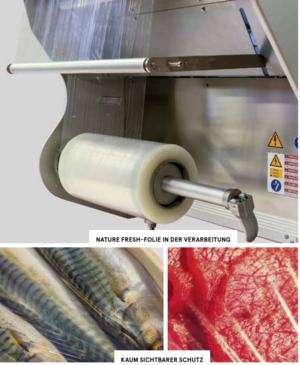
In the meantime, there are types of packaging on the market that produce significantly less plastic packaging waste or even enable complete compostability. For example, the Nature Fresh film from the Italian manufacturer Fabbri Group is unique in the stretch film sector. The film does not differ from conventional stretch films, neither in appearance nor in film handling. Nature Fresh is based on the BASF plastics Ecovio® and is the first certified compostable stretch film that can be processed in combination with automatic packaging machines. In combination with compostable trays, for example carton-based trays, this film offers thus a complete compostable packaging solution for fresh products.
But what does compostability mean? A clear distinction must be made between industrial compostability and household compostability.
Industrial compostability is currently governed by the best-known standard, EN 13432, according to which packaging must not exceed certain limit values for heavy metals and other elements. Furthermore, at least 90% of the plastic mass must convert into carbon dioxide within 180 days and after 12 weeks no more than 10 % of material fragments are allowed be larger than 2 mm. Finally, the standard requires that biological treatment does not deteriorate the quality of the compost. This is checked by a standardized plant growth test on the compost containing the biodegraded plastic in comparison to its growth on "normal" compost. If these guidelines are followed via an industrial composting process, packaging is accepted as "compostable". In addition to industrial compostability, there is also household compostability, as known from household composting stations.
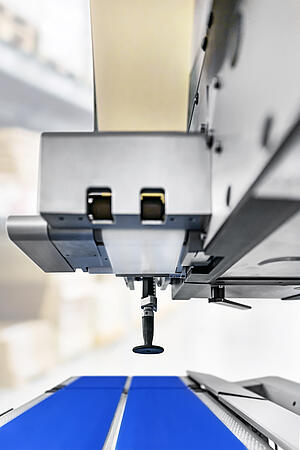
But no matter whether the industrial or the household compostability is set as a benchmark, any packaging is only as good compostable as its label. The label on a package serves as a clear product description, and as a definition of product characteristics such as nutritional values, allergens, best before dates, recipe instructions or origin information. Labelling - and thus uniform - declaration of products is legally binding and indispensable, therefore especially in the fresh food sector, every product packaging must be provided with one or even several labels.
This results in the fact that each packaging is compostable only if its label is. If you choose sustainable packaging and apply a classic, non-compostable label to it, the entire sustainability approach of the packaging is gone, because you cannot expect the consumer to remove the label before disposing of the packaging. Compostability is therefore assessed on both materials, packaging and label. Only then can compostability be guaranteed, whether industrial or domestic.
In a joint project the companies Fabbri Group and ESPERA have extensively analysed the Nature Fresh stretch film in combination with compostable labels and tested it in combination with automatic packaging and labelling systems. The labels are a composition of a compostable NatureFlex™ backing paper and a compostable BioTak® adhesive. Important aspects of the analysis were the adhesive behaviour of compostable labels on the compostable Nature Fresh film and the processability of compostable labels with automatic labelling systems. Important focus questions to give ground to the project were:
With a product shelf-life of up to 14 days in different temperature environments, the label must remain perfectly legible on the day of consumption, even at freezing temperatures.
In the course of the joint project, the interaction of the compostable film with compostable labels was tested, as well as the printing behaviour on compostable labels at different printing speeds and under different temperature conditions.
The results show that the unique stretch film Nature Fresh and the bio labels offer a perfect alternative to conventional stretch films and conventional labels. Both, the processing with fully automatic packaging and labelling systems and the printability of the labels is optimal at all temperature ranges, even at freezing temperatures. And even at different printing speeds, we get the same printing quality as conventional, non-compostable labels.
The Nature Fresh packaging film and the compostable labels enable for the first time a completely sustainable combination of packaging film and label. Labels are currently available from ESPERA compostable certified according to EN 13432. The Nature Fresh stretch film for automatic stretch machines is certified for both domestic and industrial compostability in accordance with the standard EN 13432.
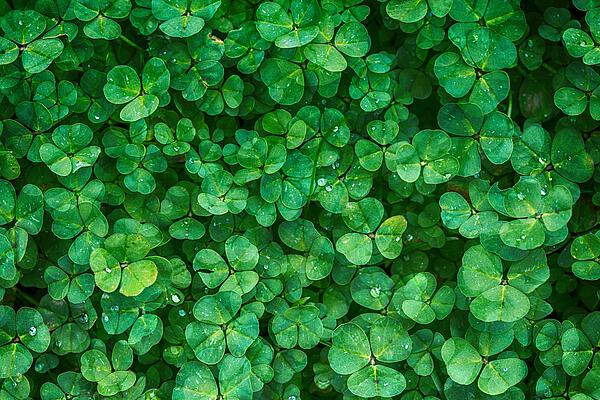
Service: +49 203 30540 | info@espera.com